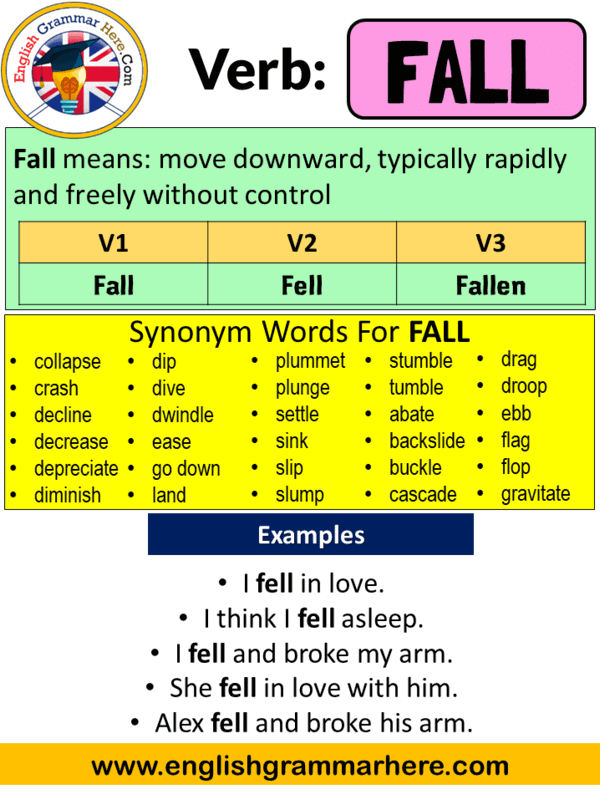

To the north of the fall line, the smoky shrew and deer mouse occur only in the Blue Ridge numerous bat species inhabit the caves of the Valley and Ridge and Appalachian Plateau and generalist species like chipmunks and gray foxes occupy the Piedmont. Mammal species vary widely among the regions as well. Agricultural production to the north, in the Piedmont, centered on cotton cultivation in the past but today focuses on such animal products as poultry (including eggs) and beef. The soil to the south of the fall line, in the Upper Coastal Plain, is better suited to peanut and vegetable cultivation. North of the fall line, deciduous hardwood forests, including oaks and hickories, are native to the Piedmont and mountain regions, as are plant communities on granite outcrops. Wiregrass– longleaf pine forests, swamp forests, and tidal marshes form the main landscape features south of the fall line. One significant consequence of these differences is that the fall line separates distinctive plant and animal communities. To the north of the fall line, clay soils and narrower stream valleys are the rule. For example, sandy soils predominate to the south of the fall line, and wide floodplains have developed along many of the streams in this region. The geological differences to the north and south of the fall line give rise to variations in soil types, hydrology ( water cycles), and stream morphology. Courtesy of Georgia Department of Economic Development.


 0 kommentar(er)
0 kommentar(er)
